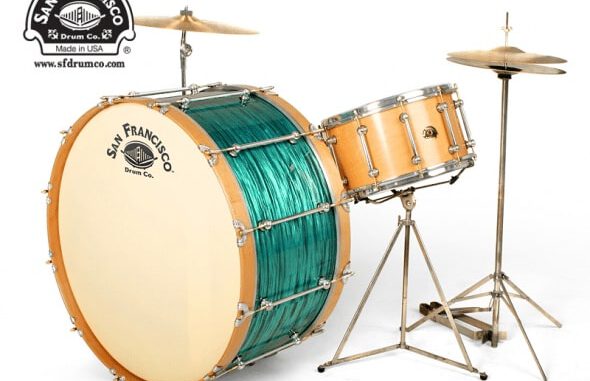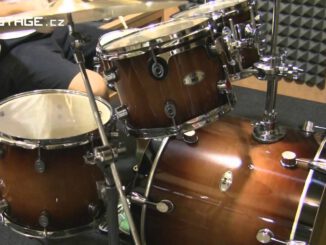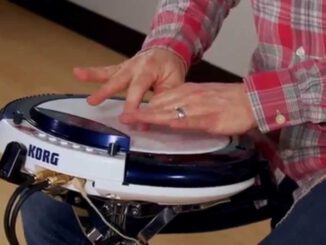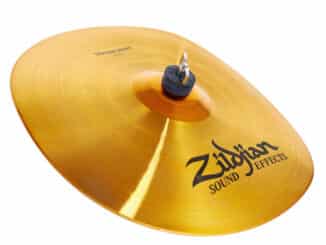
As I began to think about how (and with whom) to start this column, something occurred to me… pianos. Pianos are exactly the same no matter who sits down to play them; none of the keys can be moved or added to, none of the pedals re-positioned or taken away. It is an instrument that is fixed and rigid; tuned to a standard set of notes and from one to another are all, in theory at least, the same.
This same standard can also be applied to wind instruments. Sure some variances may occur in reed, mouthpiece, color, and tone, but a trumpeter who loses his (or her) horn can replace it with a new one and still have the same set of tools at their disposal, as they did with their old favorite.
This may be the fractal that separates us, drummers, from the rest of the musical community, the common element, the missing chunk of grey matter. Replacing lost or stolen gear is painful for any musician and we all hate to hear the horror stories of friends who have lost special pieces of equipment. Let’s face it our gear is personal to us. We sweat into it, bleed on it and guard it with our lives – ready to fight anyone who might threaten to harm it. These mere devices of wood, metal and plastic take on the personalities of their owners and not only provide the means of expression, but also the inspiration for it. Nowhere is this phenomenon more present than in the relationship of drummer to drum set.
Prior to the 1900’s there were no drum sets.
The brass bands and civic orchestras of the day played parades and concerts in the parks and employed multiple drummers to punctuate the music and keep the pulse of the band strong. That changed in the 1930s during the great depression. No longer able to hire multiple percussionists, band leaders began seeking out the most talented drummers to use all of their limbs, doing double and even triple duty on a creation that became known as “The Contraption” or “Trap Set’ for short.
Drummers were now using their feet to play bass drums and cymbals and splitting the duties of their hands between the snare drum and all manner of effects like cowbells and woodblocks. Since there was no precedent for how to set up “The Contraption” drummers put the tools of their trade where they could easily be played and in a manner that was unique to them. The resulting “Trap Sets” came in all shapes and sizes, much like Drum Sets do today, each one an individual expression of its player.
You may be getting a sense of just how many great ways there are to set up your “Trap Set”. The sky is the limit, but there have been some notable standouts over the years and we’ll be going over them all! In the meantime, I’d like to challenge you to take your playing on a trip back in time. See what you can accomplish with only your snare drum and bass drum. One hundred years ago, this was the foundation of drum set playing. Try it for a day, then add a cowbell or tambourine and see how it changes your playing.





Be the first to comment